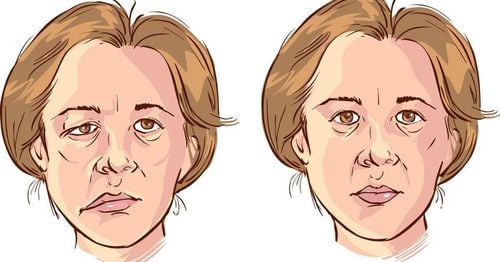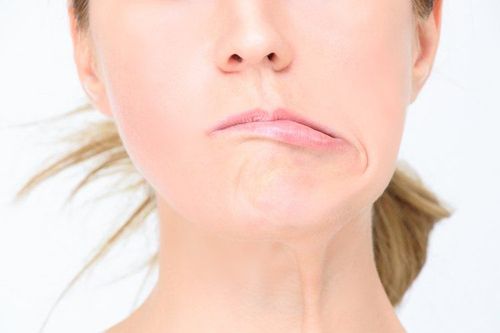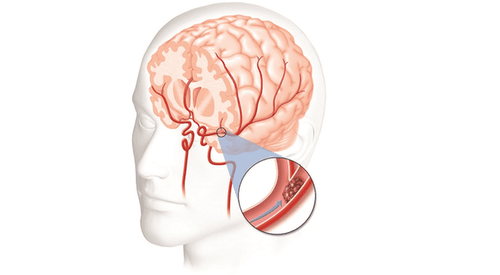This is an automatically translated article.
The article is professionally consulted by Master, Doctor Huynh An Thien - Department of Medical Examination & Internal Medicine - Vinmec Danang International General Hospital.
The facial nerve or the seventh nerve is the nerve that governs the movement of the muscles of the face and neck in order to perform the movements of frowning, closing eyes, smiling, whistling or puffing cheeks,... The muscles of the face all express the subtle emotions that are controlled by these nerves.
In addition, the VII cord also governs the middle ear muscle involved in the function of sound reception and responsible for the two-thirds of taste sensation in front of the tongue. Therefore, facial nerve paralysis will cause signs of imbalance in function as well as aesthetics of half of the face, causing confusion for patients.
1. What is facial nerve (VII) palsy? Is 7th nerve palsy a stroke?
VII nerve palsy is complete or partial loss of movement of the hemifacial muscles due to neurological causes, as opposed to central facial paralysis, which is caused by the brain. There are 2 main groups of causes for this condition:Primary: Because the blood vessels of the nerve are constricted, causing ischemia and edema, and compressing the nerve. Paralysis is often spontaneous and is associated with the cold factor. Secondary: Usually after a viral infection such as shingles in the knee lymph node, trauma to the bone fracture, compression tumor, complications of diabetes or autoimmune diseases. Stroke is also a cause of facial paralysis due to central 7th nerve palsy, but there are many other causes of facial paralysis that need attention.
2. Causes of facial nerve paralysis
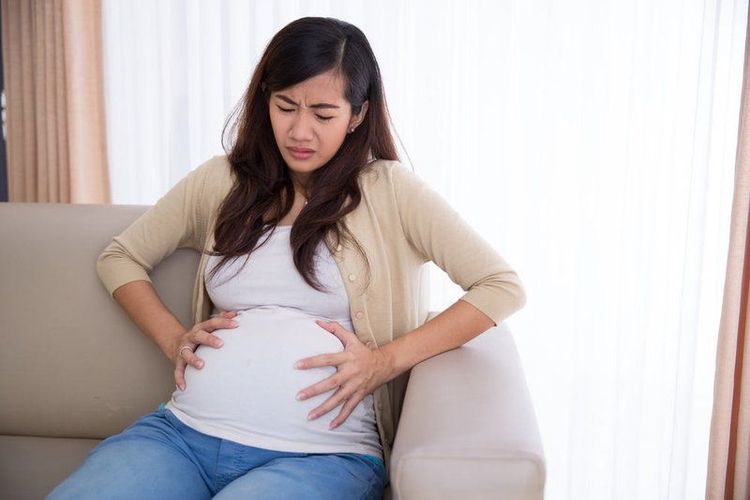
Causes of peripheral VII nerve paralysis include: Idiopathic facial paralysis (Bell's palsy). Cerebrovascular disease. Complications in medical intervention: Due to local anesthesia or linezolid. Infection: Herpes virus, Herpes zoster, HIV, Epstein-Barr virus,... Trauma: Fracture of skull base, hematoma after acupuncture. Neuropathy: Guillain-Barre syndrome, diabetic neuropathy. Cancer: Paralysis due to primary or secondary posterior fossa tumors or parotid adenomas. Gestational hypertension - preeclampsia. Causes of central 7th nerve paralysis include: Cerebrovascular disease. Primary or secondary intracranial tumor. Syphilis, HIV. Vascular disease.
3. Symptoms suggestive of facial nerve palsy
As mentioned, peripheral facial paralysis is more common due to the common cause of cold, so symptoms suggestive of peripheral facial paralysis are usually:Sudden disproportion of both sides of face, paralysis of one side of the face motionless, loss of forehead wrinkles. The patient's eyes are not closed tightly, the eyebrows are drooping, the nasolabial folds - cheeks are blurred, the corners of the mouth are drooping. Drooling or watering a corner of the mouth, discovered by accident when the patient eats and drinks, the patient cannot do movements such as puffing cheeks, smiling, puckering lips, wrinkled forehead, ...
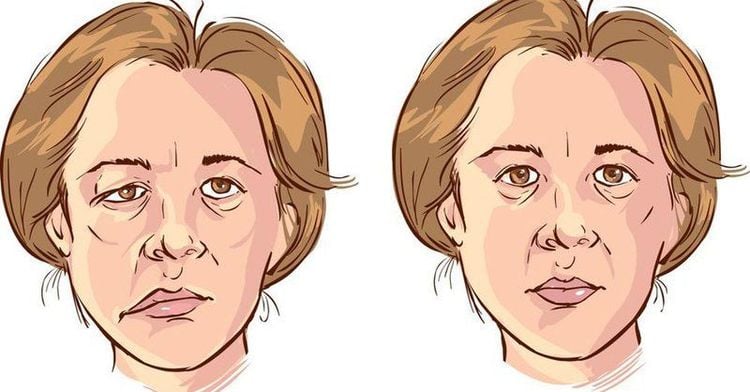
4. How is facial nerve paralysis treated?
The first principle of treatment in patients with facial paralysis is to ensure that the patient with facial paralysis is not related to a cerebrovascular accident. After that, it is necessary to conduct endoscopic examination to detect ear diseases that cause facial paralysis, idiopathic facial paralysis will be ruled out:Medical treatment: Mainly used to reduce compression edema in the bone canal and anti-anemia. The patient was initially given an early, high-dose corticosteroid, provided that contraindications were excluded (diabetes, peptic ulcer, psychosis). In addition, patients can be given anti-viral drugs for viral infections or pain behind the ear, causing sensory disturbances in the face.
Surgical treatment: Surgical treatment of 7th nerve palsy is increasingly developing with methods of nerve restoration such as decompression, suturing and grafting indicated for special cases of facial paralysis.
Physical therapy or 7th nerve acupuncture along with muscle exercises will facilitate maintaining muscle tone and stable pulse distribution to prevent muscle atrophy.
Attention should be paid to monitoring and eye care because the eyes of patients with facial paralysis often do not close tightly. It is necessary to ensure that the cornea is covered, to avoid keratitis by regularly instilling artificial tears and dressings when sleeping.
Patients with facial nerve paralysis can go to Vinmec International General Hospital for examination and treatment. There is a team of well-trained, experienced and qualified neuroendocrine doctors; system of modern equipment, meeting international standards; Professional service quality, high efficiency in diagnosis and treatment.
Please dial HOTLINE for more information or register for an appointment HERE. Download MyVinmec app to make appointments faster and to manage your bookings easily.





